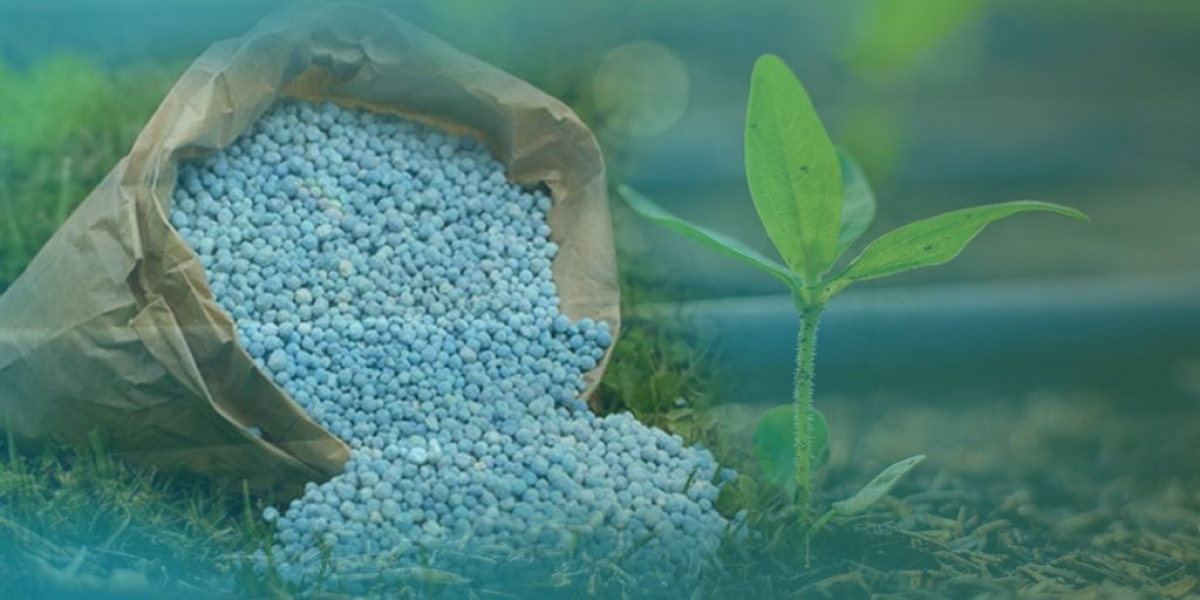IMARC Group’s “Di-Ammonium Phosphate (DAP) Manufacturing Plant Project Report 2024: Industry Trends, Plant Setup, Machinery, Raw Materials, Investment Opportunities, Cost and Revenue” report provides a comprehensive guide on how to successfully set up a Di-Ammonium Phosphate (DAP) manufacturing plant. The report offers clarifications on various aspects, such as unit operations, raw material requirements, utility supply, infrastructural needs, machinery models, labour necessities, transportation timelines, packaging costs, etc.
In addition to the operational aspects, the report also provides in-depth insights into Di-Ammonium Phosphate (DAP) manufacturing plant cost, project economics, encompassing vital aspects such as capital investments, project funding, operating expenses, income and expenditure projections, fixed and variable costs, direct and indirect expenses, expected ROI, net present value (NPV), profit and loss account, and thorough financial analysis, among other crucial metrics. With this comprehensive roadmap, entrepreneurs and stakeholders can make informed decisions and venture into a successful Di-Ammonium Phosphate (DAP) manufacturing unit.
Request For a Sample Report: https://www.imarcgroup.com/di-ammonium-phosphate-manufacturing-plant-project-report/requestsample
What is Di-Ammonium Phosphate (DAP)?
Di-ammonium phosphate (DAP) is a widely used fertilizer that provides essential nutrients, Nitrogen (N) and Phosphorus (P), to plants. It is composed of 18% nitrogen and 46% phosphorus pentoxide, making it a highly concentrated and efficient source of these key nutrients. DAP is produced by reacting ammonia with phosphoric acid, resulting in a dry, granular product that is easy to store, handle, and apply. It is commonly used in agriculture to promote root development, increase crop yields, and improve overall plant health. Additionally, DAP is utilized in various industrial processes, including fire retardants, yeast production, and animal feed additives.
Market Trend and Drivers of Di-Ammonium Phosphate (DAP):
The growing demand for high-yield crops and the need to enhance soil fertility are significant drivers of the Di-Ammonium Phosphate (DAP) market. As global populations rise, the agricultural sector faces increasing pressure to produce more food efficiently, leading to a higher adoption of effective fertilizers like DAP. Also, the nutrient-rich composition of DAP makes it a preferred choice for farmers looking to maximize crop productivity and quality. Further, technological advancements in fertilizer production and distribution have also contributed to the accessibility and affordability of DAP, fueling market growth. Additionally, government initiatives and subsidies supporting sustainable agricultural practices are boosting the use of DAP in various regions. In conclusion, the market for Di-ammonium Phosphate (DAP) is expected to propel in the future by ongoing agricultural advancements, increasing food demand, and the continuous need for efficient nutrient management in farming practices.
Key Aspects to Setup a Di-Ammonium Phosphate (DAP) Plant:
- Location to Setup Plant
- Market Research
- Plant Layout
- Construction and Infrastructure
- Equipment/Machinery Procurement
- Documentation and Licenses
- Cost Analysis
Requirements to Setup a Facility:
- Funds
- Machinery
- Lands
Types of Costs to Setting up a Di-Ammonium Phosphate (DAP) Factory:
- Land, Location and Site Development Cost
- Plant Layout Cost
- Machinery Requirements and Costs
- Raw Material Requirements and Costs
- Packaging Requirements and Costs
- Transportation Requirements and Costs
- Utility Requirements and Costs
- Human Resource Requirements and Costs
Project Economics:
- Capital Investments
- Operating Costs
- Expenditure Projections
- Revenue Projections
- Taxation and Depreciation
- Profit Projections
- Financial Analysis
Key Questions Answered in the Report:
- How has the Di-Ammonium Phosphate (DAP) market performed so far and how will it perform in the coming years?
- What is the market segmentation of the global Di-Ammonium Phosphate (DAP) market?
- What is the regional breakup of the global Di-Ammonium Phosphate (DAP) market?
- What are the price trends of various feedstocks in the Di-Ammonium Phosphate (DAP) industry?
- What is the structure of the Di-Ammonium Phosphate (DAP) industry and who are the key players?
- What are the various unit operations involved in a Di-Ammonium Phosphate (DAP) manufacturing plant?
- What is the total size of land required for setting up a Di-Ammonium Phosphate (DAP) manufacturing plant?
- What is the layout of a Di-Ammonium Phosphate (DAP) manufacturing plant?
- What are the machinery requirements for setting up a Di-Ammonium Phosphate (DAP) manufacturing plant?
- What are the raw material requirements for setting up a Di-Ammonium Phosphate (DAP) manufacturing plant?
- What are the packaging requirements for setting up a Di-Ammonium Phosphate (DAP) manufacturing plant?
- What are the transportation requirements for setting up a Di-Ammonium Phosphate (DAP) manufacturing plant?
- And more…
How IMARC Can Help?
IMARC Group is a global management consulting firm that helps the world’s most ambitious changemakers to create a lasting impact. The company provide a comprehensive suite of market entry and expansion services. IMARC offerings include thorough market assessment, feasibility studies, company incorporation assistance, factory setup support, regulatory approvals and licensing navigation, branding, marketing and sales strategies, competitive landscape and benchmarking analyses, pricing and cost research, and procurement research.
Services:
- Plant Setup
- Factoring Auditing
- Regulatory Approvals, and Licensing
- Company Incorporation
- Incubation Services
- Recruitment Services
- Marketing and Sales
Contact Us:
IMARC Group
134 N 4th St. Brooklyn, NY 11249, USA
Email: sales@imarcgroup.com
Tel No:(D) +91 120 433 0800
United States: +1-631-791-1145









